Visionary companies are adopting LEED certification as a strategy to reduce costs, improve profitability, and strengthen their competitive position. LEED certification is becoming the standard for companies seeking to thrive in a future where sustainability and well-being are fundamental values.
LEED-certified buildings minimize their environmental impact by reducing energy and water consumption, using sustainable materials, and creating healthy spaces that promote the productivity and satisfaction of their occupants. In addition, LEED companies attract and retain high-value talent, thanks to their commitment to sustainability and social responsibility.
Companies that adopt LEED will be better positioned to navigate the challenges and opportunities of tomorrow. They will also have a better public image and, depending on the country, greater access to capital and incentives from programs and institutions that prioritize LEED-certified projects.
What is LEED?
LEED (Leadership in Energy & Environmental Design) is a green building rating system created by the USGBC (United States Green Building Council). It’s a global movement transforming how we design, construct and operate buildings.
While LEED’s core focus is on energy efficiency, reduced environmental impact, and improved occupant well-being, it goes a surprising step further. LEED v4 introduced specific credits for projects that support biodiversity and habitat creation. This can include incorporating green roofs with native flowering plants that attract pollinators like bees and butterflies.
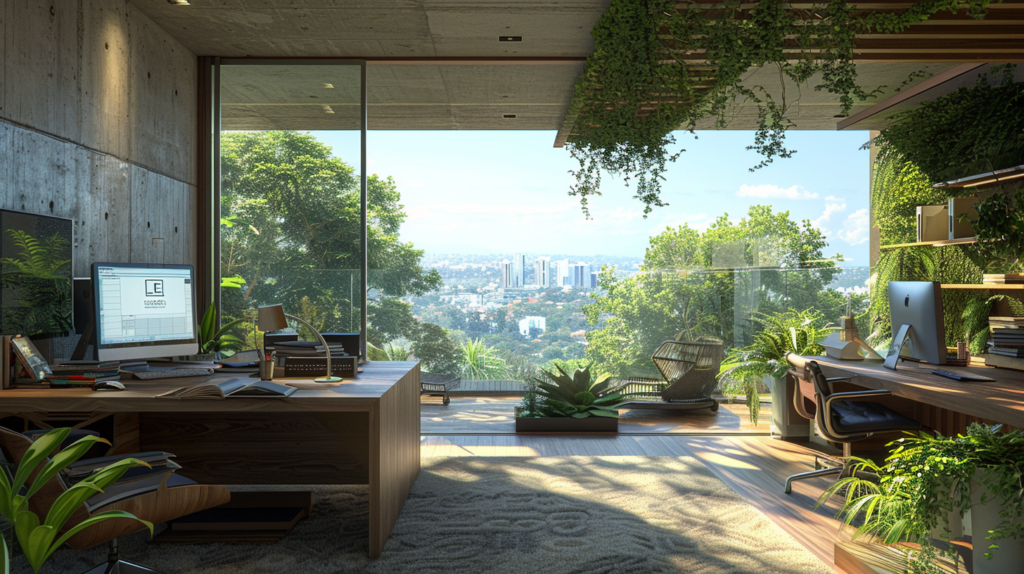
Did you know?
Pollinator-friendly roofs are a growing trend in sustainable building practices, and studies have shown that vegetated roofs can significantly support bee populations in urban areas. A research project by Green Roofs for Healthy Cities found that green roofs in Toronto, Canada supported a diverse range of pollinators, including bees.
What are the benefits of this certification?
LEED certification for buildings and projects offers businesses considerable benefits, including an improvement in their reputation and credibility thanks to their commitment to sustainability. In addition, it allows them to reduce long-term operating costs thanks to greater efficiency in the use of resources such as energy and water, while providing a healthier and more productive indoor environment for occupants.
Cost Reduction
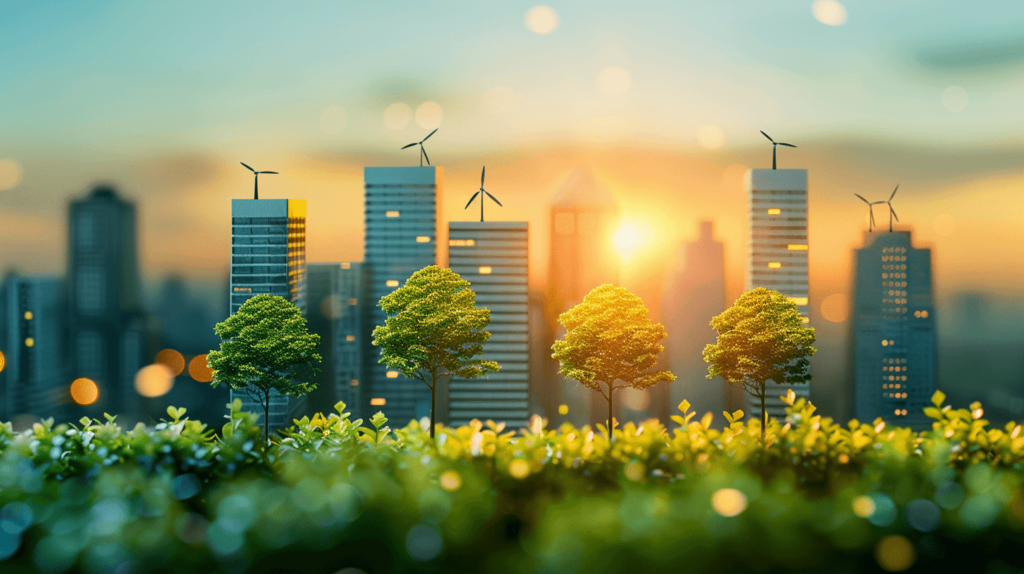
LEED buildings have been shown to have lower energy, water, and maintenance than traditional buildings. These reductions translate to lower utility bills over time. Studies have show that LEED buildings achieve energy savings of 20 to 30% and 30 to 50% in water compared to conventional buildings.
Health and Well-being

LEED buildings prioritize features that build a healthier work environment, such as better indoor air quality, greater thermal comfort, access to natural light, and connection with nature. All of these, increase well-being, satisfaction, and potentially, productivity.
Lower Footprint

LEED buildings are designed and operated with sustainability in mind, which translates into a reduced environmental impact. LEED buildings are energy efficient, promote water conservation, and encourage material efficiency by using recycled and locally sourced materials, minimizing the footprint associated with material extraction and transportation.
Access to incentives
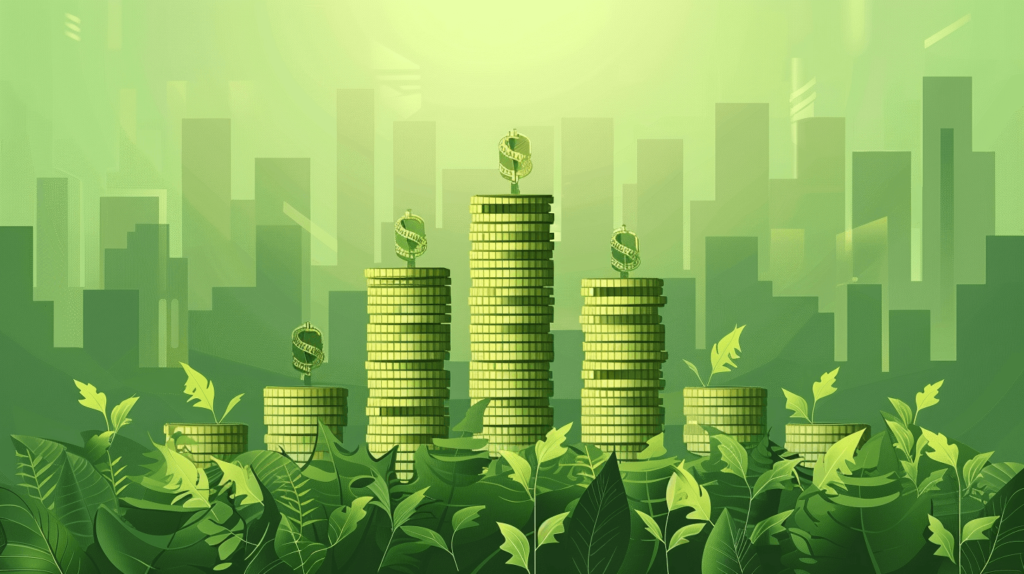
In some countries, LEED buildings may have access to tax incentives, discounts on utility rates, or government grants. Many Latin American countries like Brazil, Colombia, Mexico, and Peru are offering tax breaks to encourage sustainable construction. The incentives may vary by country or region. It’s recommended to consult with local government agencies in your countries for the most up-to-date information.
Enhanced public image
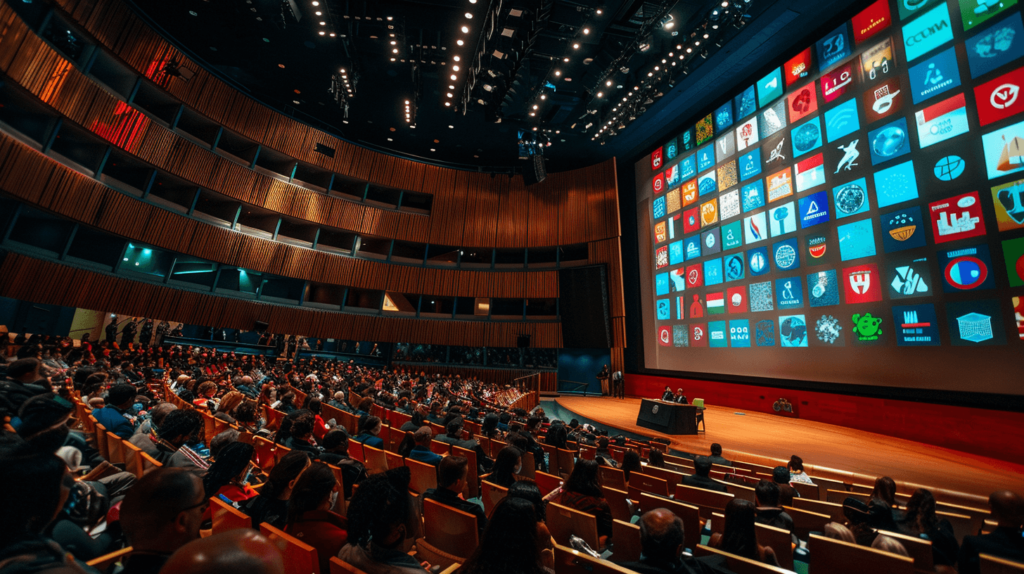
LEED certification is a globally recognized symbol of sustainability. Companies that have been certified project a positive environmen
How does LEED certification work?
LEED certification is like a green building report card, awarded based on points accumulated across various categories.
LEED Rating Systems
First, choose the appropriate LEED rating system for your project. LEED offers different systems for new construction, existing buildings, homes, and even neighborhoods.
Credits & Points
Each LEED category offers credits for implementing specific sustainable practices. For instance, installing energy-efficient windows might earn points under the “Energy Efficiency” category. The number of points earned determines your final LEED certification level.
LEED Project Checklist
The USGBC provides a LEED project checklist to guide you through the process. This outlines all the available credits and the documentation needed for verification.
How to earn your LEED certification? A Glimpse into the Journey
Project Team Assembly: Assemble a team with expertise in LEED, sustainable building practices, and your project type. We can help you connect with the right professionals!
LEED Rating System Selection: Choose the appropriate LEED rating system based on your project and goals. We can advise you on the best fit.
Target LEED Level Determination: Set a realistic target certification level (Certified, Silver, Gold, or Platinum) considering project constraints and budget. We can help you analyze feasibility.
Credit Selection & Implementation: Identify achievable LEED credits and implement the corresponding sustainable building practices within your project. We can guide you through credit selection and offer solutions.
LEED Documentation Preparation: Compile comprehensive documentation showcasing your project’s compliance with the chosen credits. We can assist with documentation assembly.
LEED Review & Certification: Submit your application and documentation for review. We can help ensure your application is complete and meets all requirements.
Remember, We Can Help You Ascend:
We understand that navigating the LEED certification process can be challenging. However, with our expertise and guidance, we can help you achieve your desired LEED level, whether it’s aiming for the initial momentum of LEED Certified or striving for the pinnacle of Platinum. Let’s discuss your project goals and develop a customized strategy to make your sustainable vision a reality.
As mentioned earlier, LEED certification is based on a point system. It is awarded to projects based on their performance in different categories, such as:
- Sustainable Sites: It is important to understand the relationship between the building and its surroundings. The symbiosis that must exist between the occupants, the place where they live and work cannot be denied. Likewise, the proximity to public services, transportation, and recreational areas must be considered.
- Energy Efficiency: Reducing energy consumption through the use of efficient technologies, bioclimatic design, and energy management practices.
- Material Selection: Use of sustainable, recycled, and locally sourced materials with low volatile organic compound (VOC) content and that minimize the carbon footprint.
- Indoor Air Quality: Improve ventilation, humidity control, and reduce contaminants to create a healthy indoor environment.
- Water Management: Reduce potable water consumption by installing efficient faucets and toilets. In addition, rainwater harvesting and the use of graywater for irrigation.
- Innovation in Design: Implement innovative design strategies that promote sustainability, such as green roofs, ventilated facades, and renewable energy systems.
- Environmental Education: Raise awareness among building occupants about sustainable practices and the importance of protecting the built environment.
What are the LEED certification levels?
LEED certification offers several levels that reflect different levels of environmental performance and sustainability, from Basic to Platinum. These levels are determined by rigorous criteria that evaluate the design, construction, and operational performance of the project in areas such as energy efficiency and water resource management. This gradient approach provides flexibility and motivates owners and developers to achieve higher standards of sustainability.
Certified (40 to 49 points)
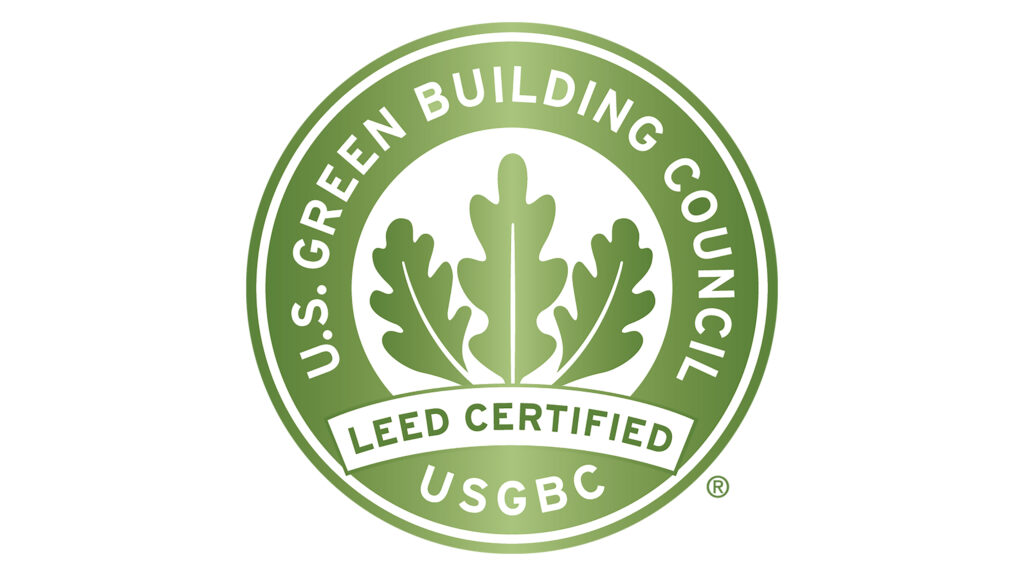
LEED Certified (1st level)
This is the entry point, requiring projects to meet minimum standards across all LEED categories. It demonstrates an initial foray into sustainability and is a good starting point for many buildings.
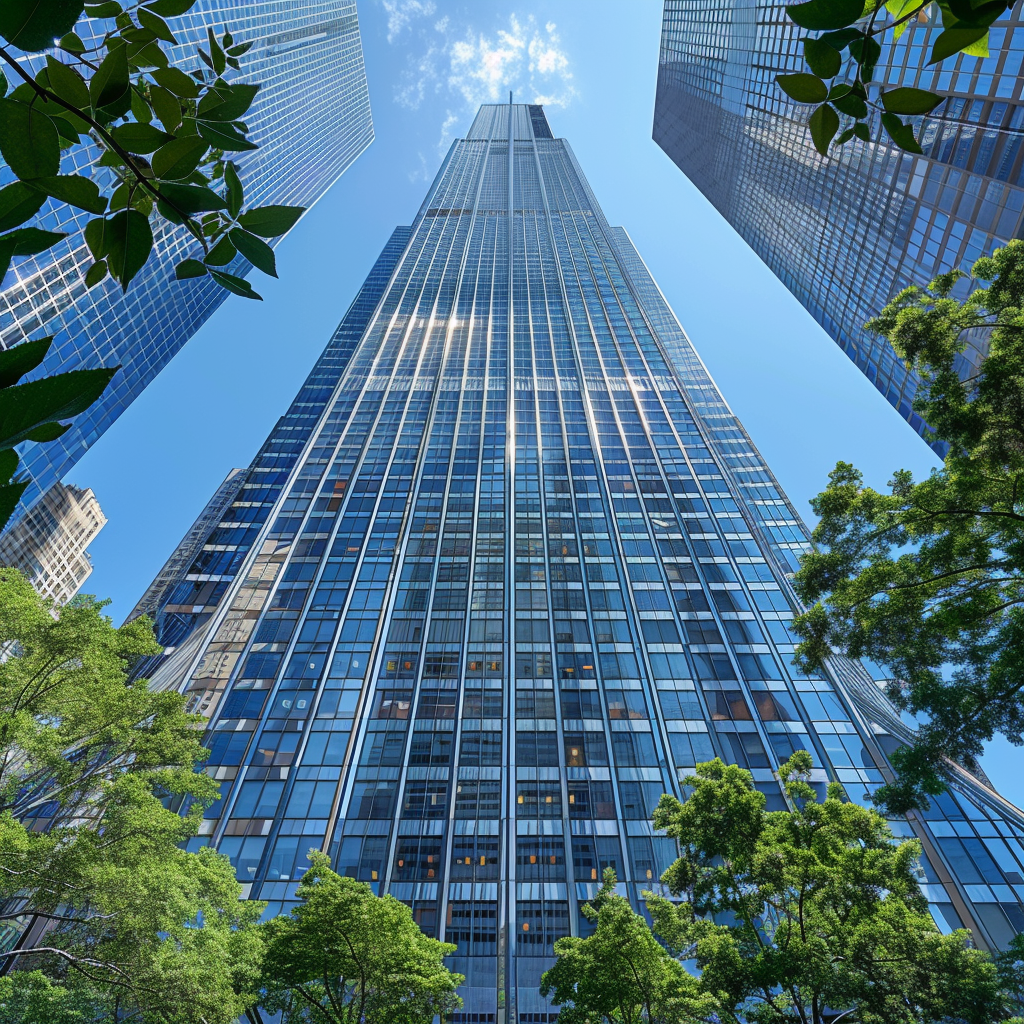
Bank of America Tower, New York
This office tower incorporates some sustainable features like a green roof and occupancy sensors for lighting control. While it doesn’t reach higher levels, it showcases achievable sustainability practices in a high-rise setting.
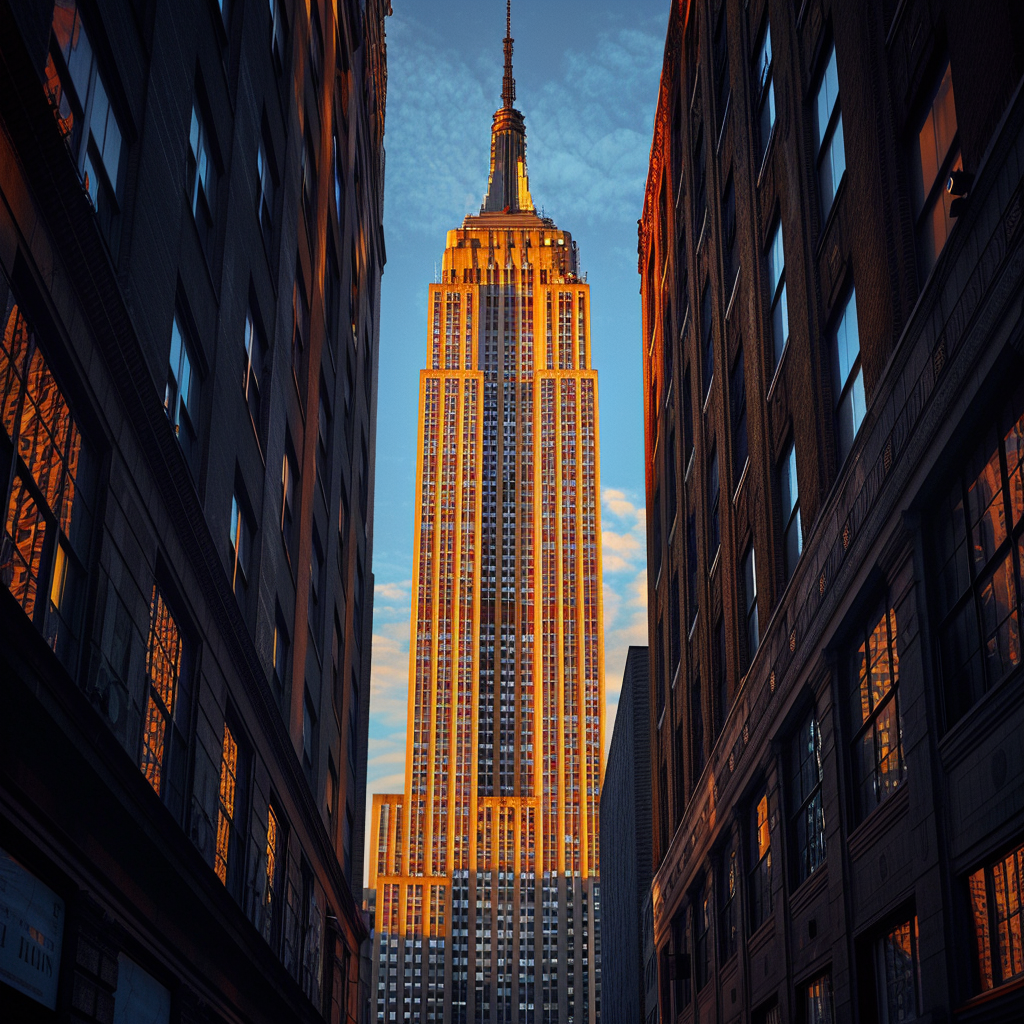
Empire State Building, New York
This iconic skyscraper underwent extensive retrofits to improve energy efficiency, including upgrading lighting systems and installing a co-generation plant. While not achieving the highest LEED level, these efforts demonstrate a commitment to sustainability in an existing building.
Silver (50 to 59 points)

LEED Silver (2nd level)
To achieve Silver, projects must go beyond the basics, implementing more advanced strategies to conserve energy, water, and resources. This level signifies a notable commitment to sustainability.

Shanghai Tower, China
This architectural marvel boasts innovative water conservation technologies like rainwater harvesting and greywater recycling systems. It also utilizes a double-skin facade to reduce energy consumption for heating and cooling.
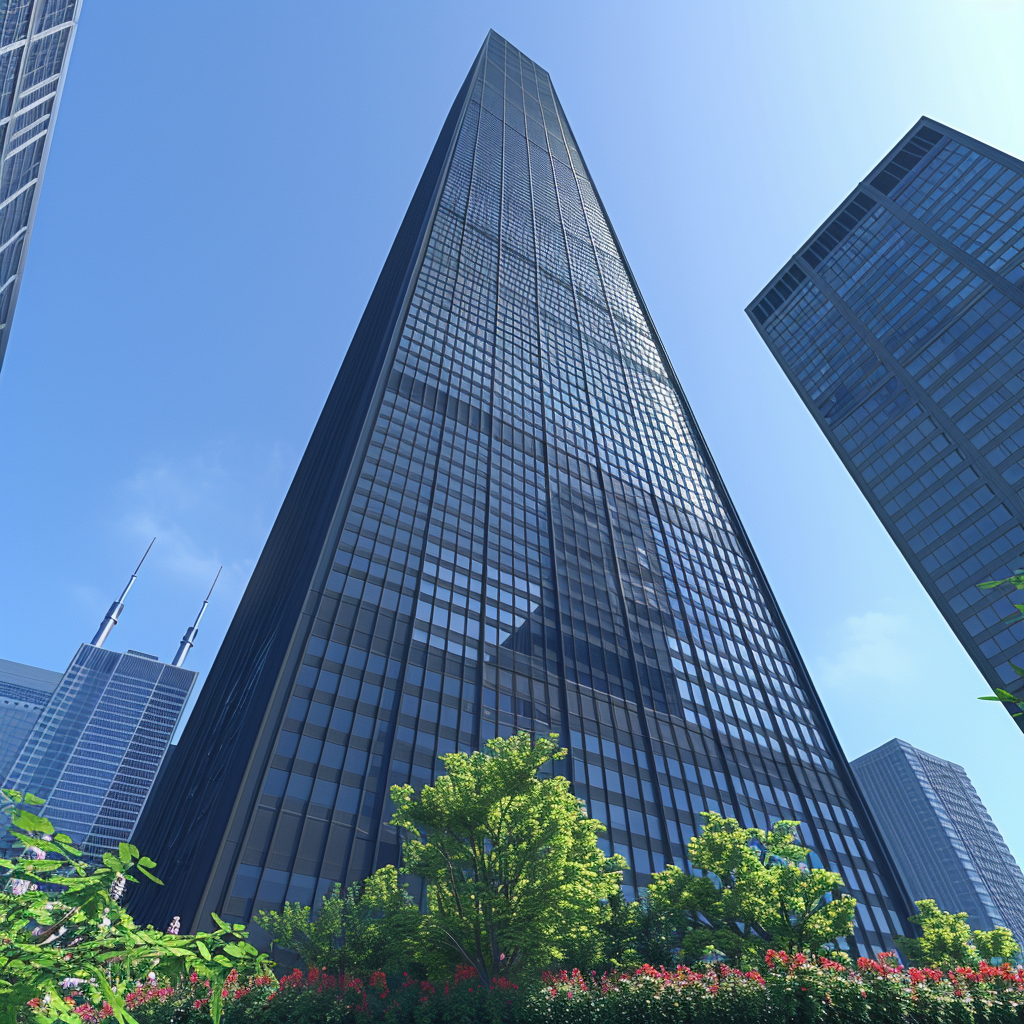
The Willis Tower, Chicago
This skyscraper implemented energy-saving measures like a chilled water storage system and upgraded building automation systems. Additionally, it incorporates water-efficient landscaping practices.
Gold (60 to 79 points)
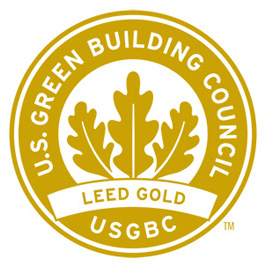
LEED Gold (3rd level)
Gold represents a significant achievement, requiring considerable implementation of sustainable practices. Gold-certified buildings demonstrate leadership in environmental responsibility.
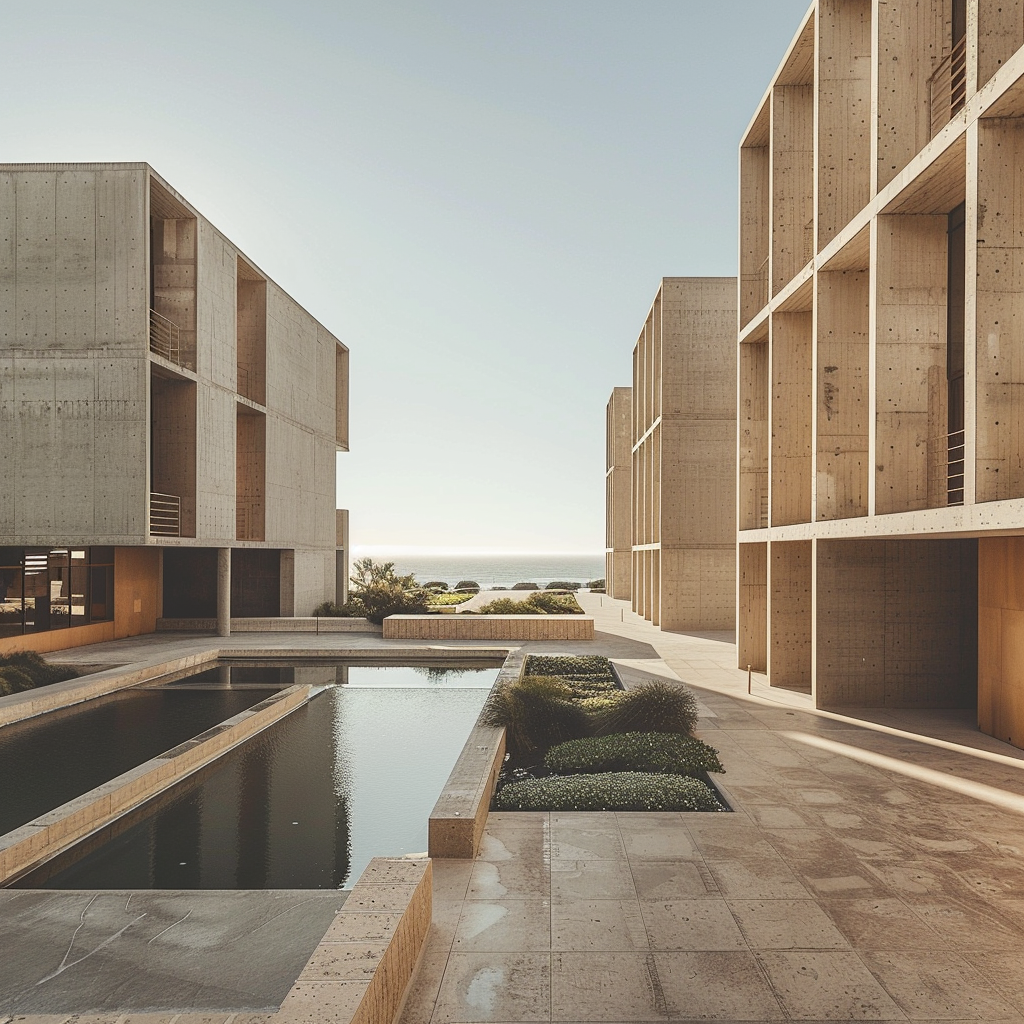
The Salk Institute, California
This renowned research facility seamlessly integrates sustainable design with a focus on occupant well-being. It features natural ventilation strategies, extensive use of daylighting, and recycled building materials.
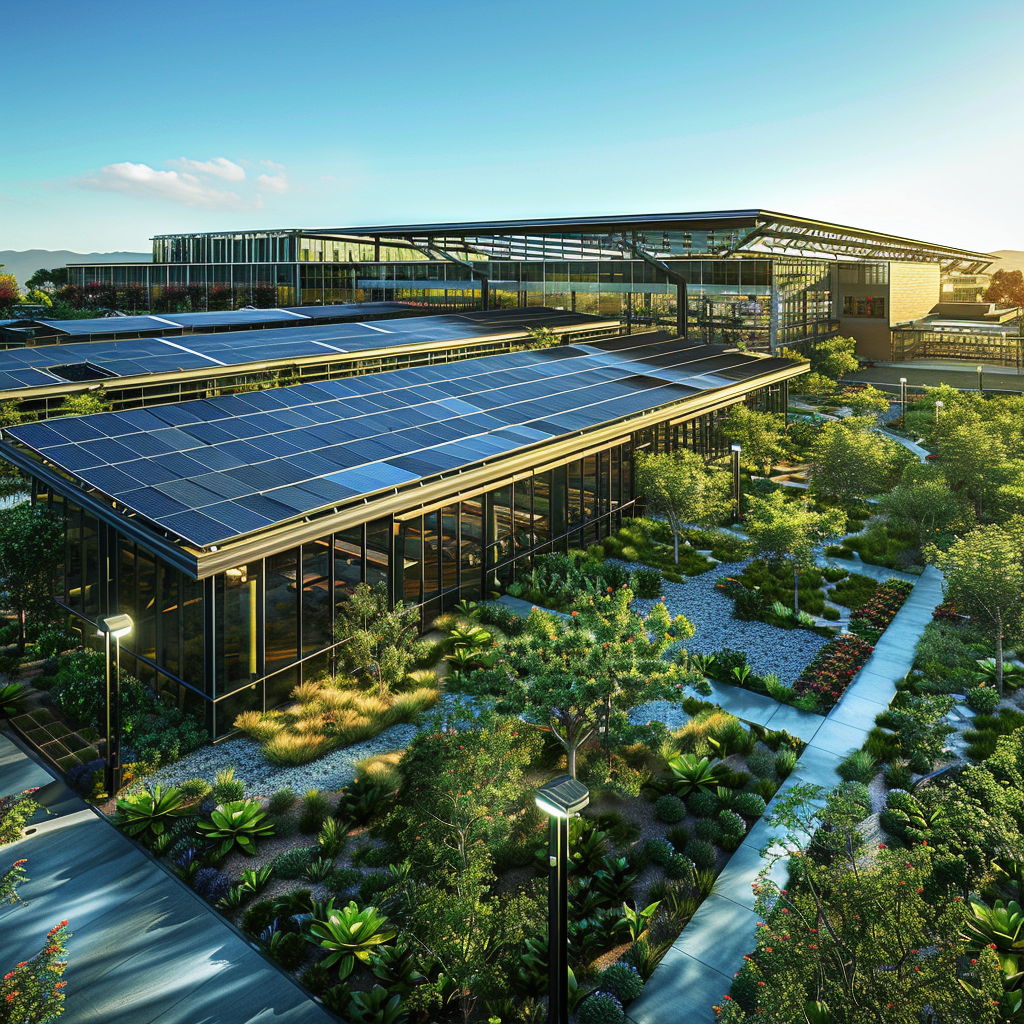
Facebook Headquarters, Menlo Park
This sprawling campus prioritizes renewable energy with a large solar panel installation. It also utilizes water-efficient landscaping and promotes alternative transportation options for employees.
Platinum (80+ points)

LEED Platinum (Top Level)
This is the pinnacle of LEED achievement, recognizing projects that push the boundaries of sustainable design and construction. These buildings embody exceptional environmental leadership.
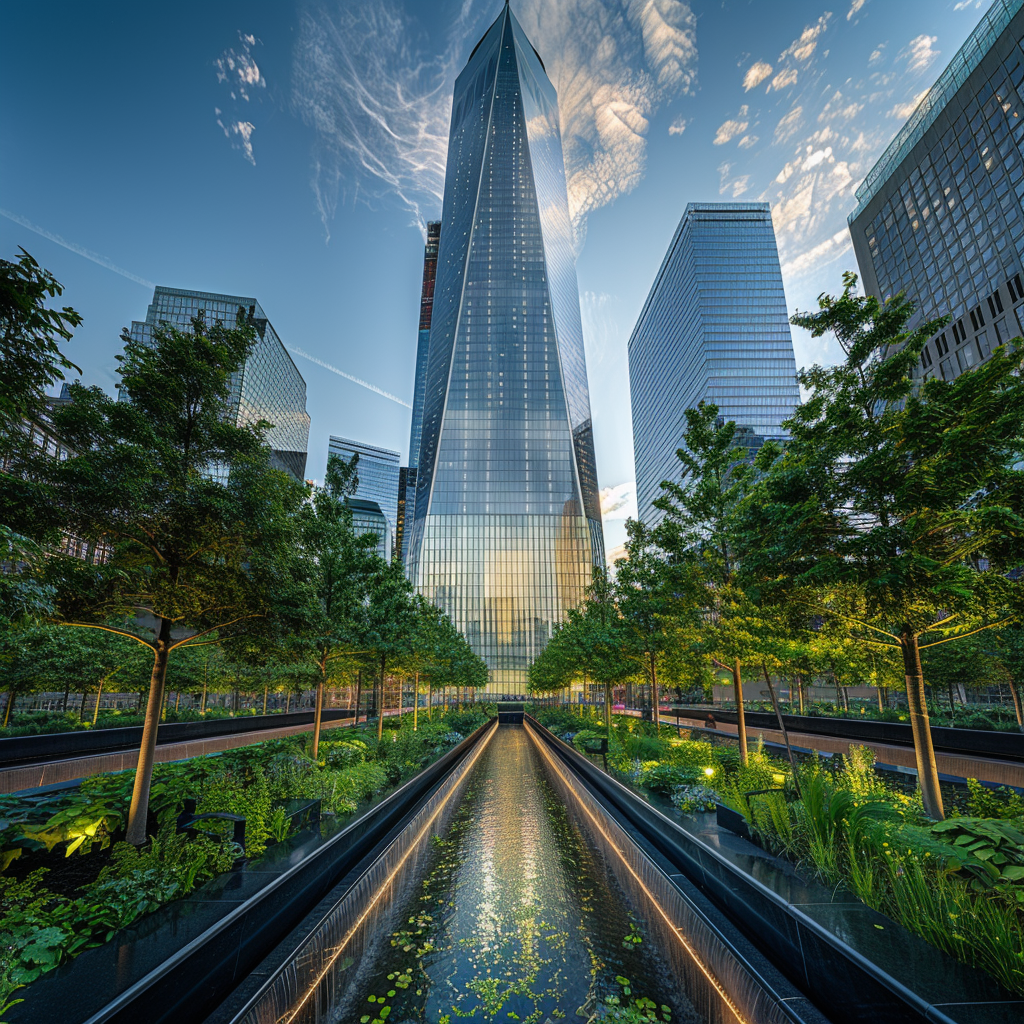
One World Trade Center, New York
This skyscraper stands as a beacon of sustainability. It features a rainwater harvesting system that captures and reuses rainwater for various purposes. The energy-efficient facade minimizes heat gain and reduces cooling needs.
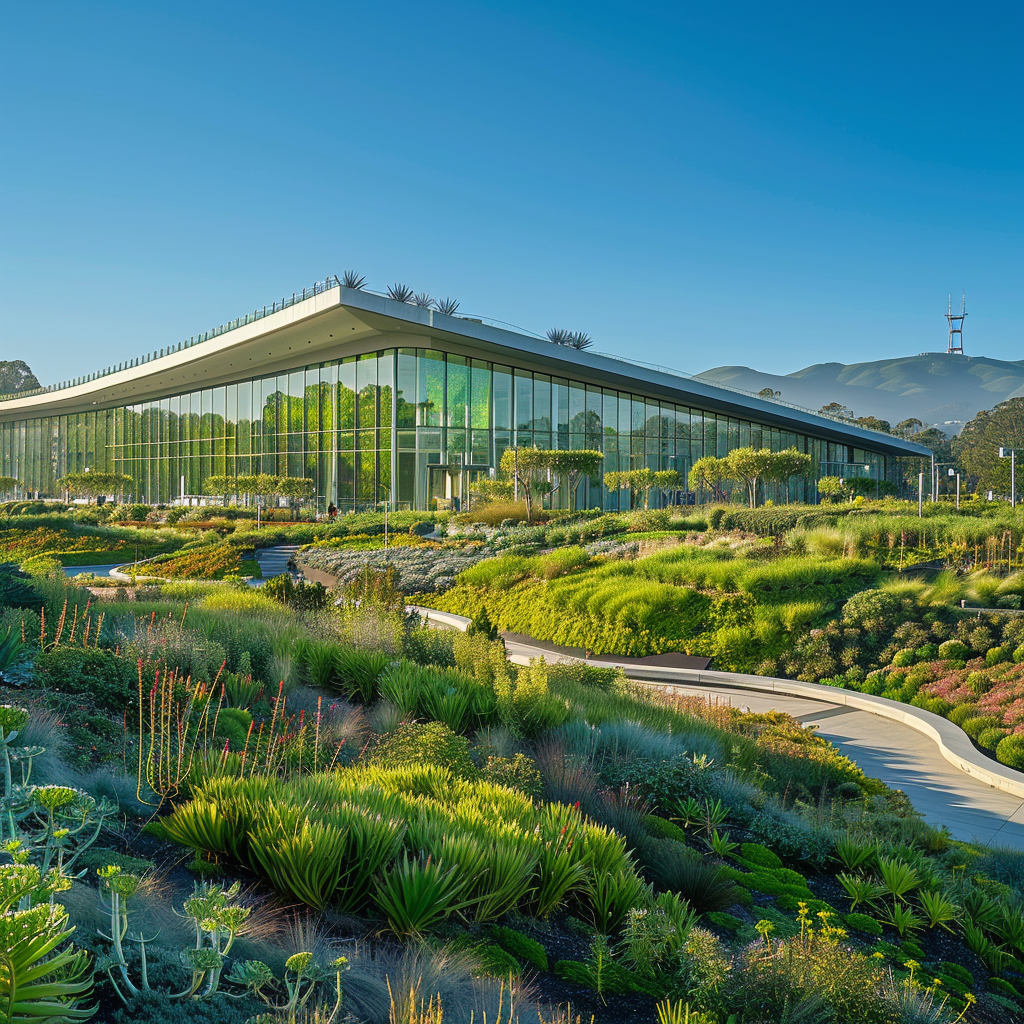
California Academy of Sciences, San Francisco
This living museum exemplifies sustainable design. It features a green roof that provides habitat and insulates the building. A natural ventilation system and a seawater cooling system further contribute to its environmental performance.
LEED in the World

The first LEED pilot program launched in 1998 with a single rating system for new commercial buildings. Today, LEED encompasses a comprehensive suite of rating systems for various building types, including homes, schools, healthcare facilities, and even entire neighborhoods. With projects in over 185 countries and territories, LEED is a global green building leader.
For example, in Costa Rica, hundreds of entities have obtained the prestigious LEED certification, demonstrating their commitment to sustainable construction and responsible environmental practices. According to the USGBC, Costa Rica currently has a total of:
- Certified LEED Buildings/Projects: 29
- Silver LEED Buildings/Projects: 60
- Gold LEED Buildings/Projects: 66
- Platinum LEED Buildings/Projects: 9
Why Choose Us for Your LEED Certification Journey?
At Green Masters, we believe every project deserves a sustainable future. That’s why we don’t offer a cookie-cutter approach. We create tailor-made LEED solutions for clients across the globe, guiding them toward achieving their green building goals.
Every project is unique. That’s why we collaborate closely with you to understand your specific needs, budget, and location. This allows us to craft a customized LEED roadmap that perfectly aligns with your vision.
Ready to unlock the benefits of LEED certification for your project? Contact us today for a free consultation. Our LEED experts are eager to discuss your goals and develop a customized strategy for your sustainable future.